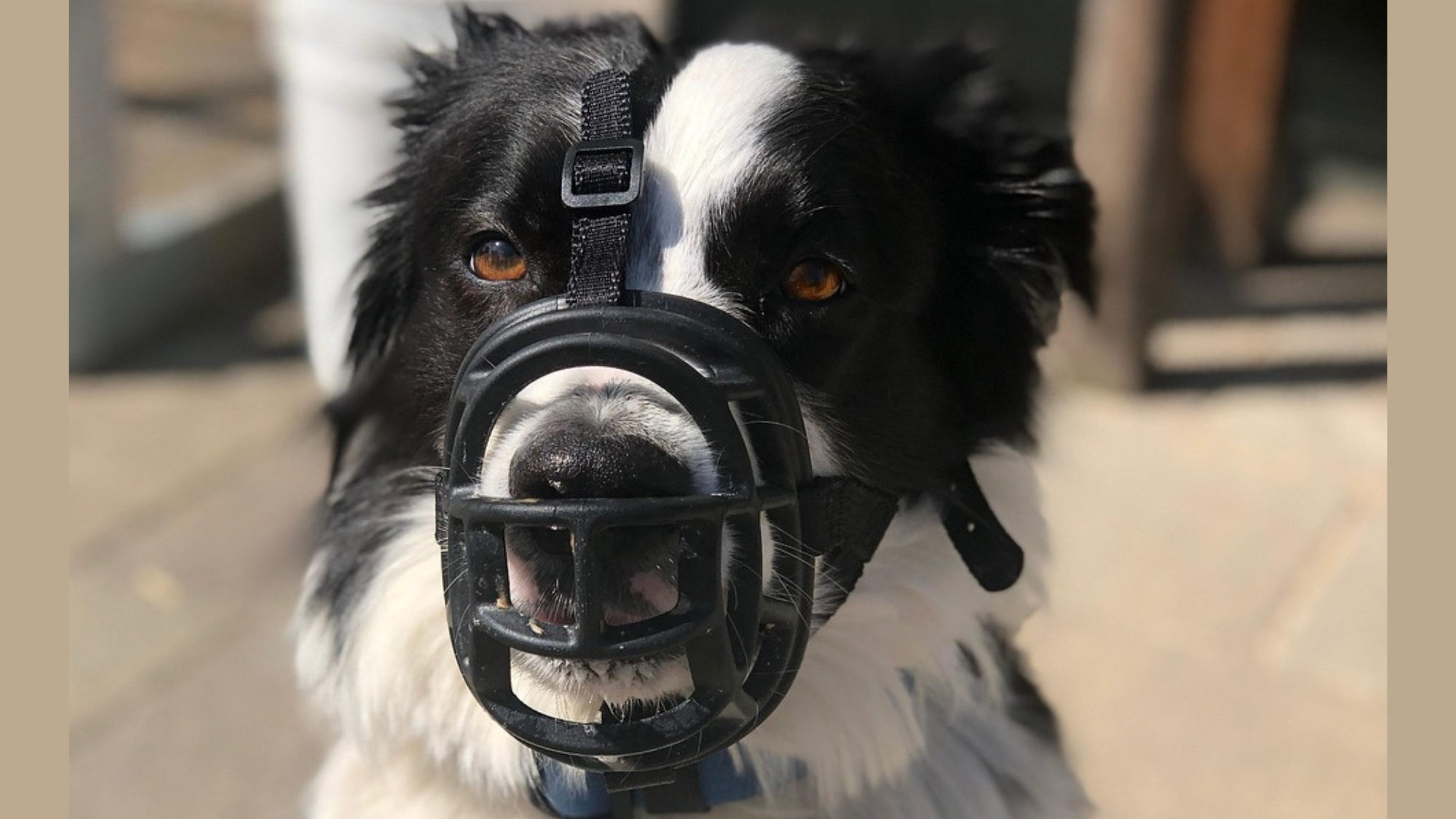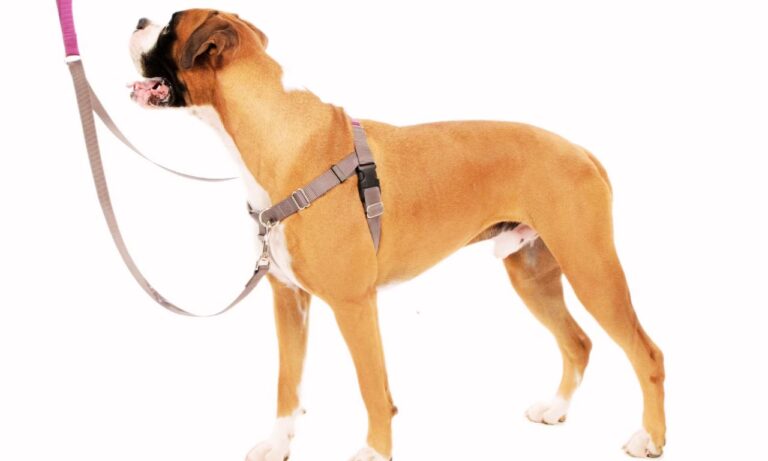The Dangerous Dogs Act 1991 (DDA) remains one of the most controversial pieces of legislation in the United Kingdom. More than three decades since its inception, the law is still at the center of heated debates between lawmakers, dog owners, animal welfare groups, and law enforcement.
The Dangerous Dogs Act 1991 restricts ownership of certain breeds deemed dangerous in the UK. GPS dog collars can support responsible ownership by tracking dogs in public spaces.
Initially enacted to curb dog attacks and protect the public from dangerous animals, the DDA has faced mounting criticism for its breed-specific focus, enforcement challenges, and questionable long-term effectiveness. As of 2025, discussions around potential reforms are gaining traction.
For insights on whether Pomeranians should wear a collar, including considerations for safety and alternatives, check out this informative article.
Blog Highlights
ToggleWhy Was the Dangerous Dogs Act Introduced?
The UK government introduced the DDA on 25th July 1991 in response to a series of high-profile and often fatal dog attacks. Public fear surged during this period as reports of children being mauled by aggressive dogs dominated headlines. Parliament, under immense pressure, acted quickly and passed the legislation in just a few weeks. The law came fully into force by 12th August 1991.
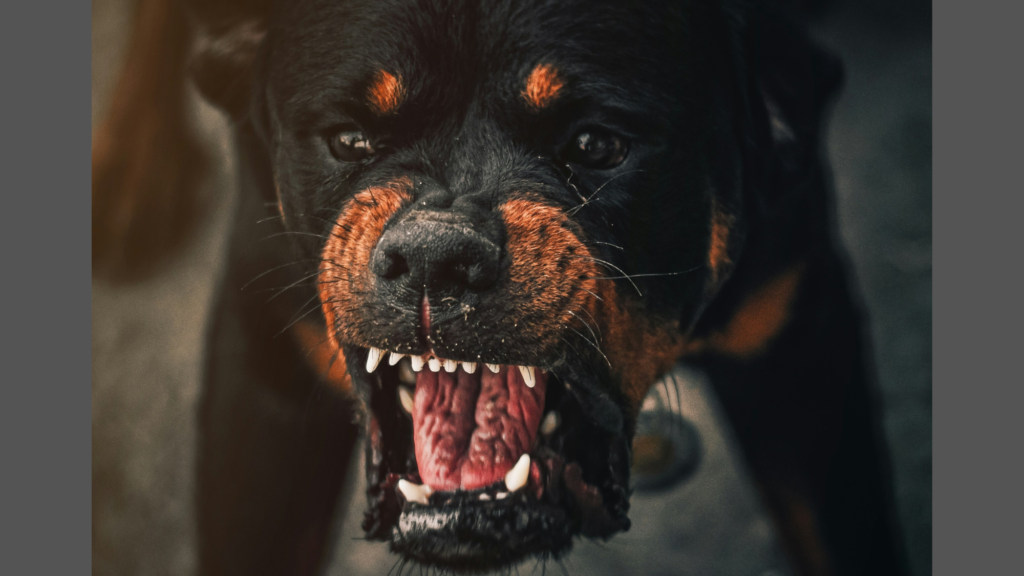
The law focuses on appearance rather than behavior, often sparking controversy over breed discrimination. Pet tech products help monitor behavior and health to ensure dogs stay compliant with safety standards.
At the time, the primary goal was clear: to eliminate the threat posed by dogs bred for fighting and those deemed capable of inflicting serious harm. It represented a turning point in the UK’s legal stance on animal control, shifting from general public safety to breed-specific legislation (BSL).
However, critics argue that the rapid creation of the law led to poorly constructed legal language and overreliance on appearance rather than behavior. For a comprehensive guide on what kind of harness is best for a Pomeranian, including comfort and safety tips, check out this article.
Breeds Banned Under the DDA
Section 1 of the Dangerous Dogs Act bans four breeds:
- Pit Bull Terrier
- Japanese Tosa
- Dogo Argentino
- Fila Brasileiro
These breeds were either originally bred for fighting or have a history associated with aggression. The Act also grants the Secretary of State the authority to add new breeds to the banned list.

A notable recent addition is the XL Bully, officially banned in England and Wales from 31st December 2023 and in Scotland from 23rd February 2024. Discover if the American Eskimo is a guard dog and learn about its suitability for protecting your home.
This inclusion reignited public debate, as XL Bully owners and animal advocates strongly opposed the measure, citing responsible ownership and socialization as more significant factors in dog aggression than breed.
What the Law Prohibits: Key Provisions of the DDA
The Dangerous Dogs Act makes it illegal to:
- Breed, sell, or gift banned dogs.
- Advertise such breeds.
- Allow banned dogs to be in public places without a lead and muzzle.
- Abandon or allow banned breeds to stray.
- Own a banned breed without a valid exemption certificate.

Penalties for violating the law include imprisonment of up to six months and/or fines of up to Level 5 on the standard scale. If a dog attack results in serious injury or death, sentences can rise dramatically — up to five years for injury and up to 14 years for fatalities.
In addition to targeting specific breeds, the DDA also criminalizes dogs that are “dangerously out of control” in any place, including private property. This means that dog owners can be prosecuted even if an attack occurs inside their own homes or gardens.
Learn about the size collar for an American Eskimo to ensure a perfect fit and comfort for your dog.
Exemptions and Conditions for Ownership
Although the Act bans certain breeds, it does allow owners to apply for an exemption certificate under strict conditions. These include:
- Neutering the dog.
- Microchipping for traceability.
- Keeping the dog muzzled and on a lead in public.
- Ensuring the dog is housed securely and insured for public liability.
Owners must also be deemed “fit and proper” by a court. This means individuals with prior animal cruelty or criminal convictions may be denied exemption. Even if granted, exemption certificates are non-transferable and tied to both the dog and the owner.
Find out what style dog collar is best for hounds to ensure comfort and safety for your furry friend.
Breed-Specific Legislation: A Flawed Approach?
One of the strongest criticisms of the Dangerous Dogs Act is its reliance on breed-specific legislation (BSL). Opponents argue that aggression is not solely determined by breed but is more often influenced by upbringing, training, and socialization.
Numerous studies have shown that breed is not a reliable predictor of violent behavior. For example, Labrador Retrievers — one of the UK’s most popular breeds — have been involved in a number of serious incidents, despite their reputation for being friendly and docile.
The phrase “deed not breed” has become a rallying cry among animal welfare organizations like the RSPCA, Dogs Trust, and Battersea Dogs & Cats Home. These groups argue for behavior-based assessments and better owner education rather than outright bans based on appearance.
The recommended size collar for an English Cocker Spaniel usually ranges from 12 to 18 inches, providing a snug and comfortable fit for your dog.
The XL Bully Debate: Escalating Controversy
The inclusion of the XL Bully in the banned breeds list marked a significant turning point in the Act’s enforcement. The breed, a heavily muscled variation of the American Bully, was linked to a rise in reported attacks between 2021 and 2023. However, many experts believe this correlation was exaggerated and not supported by adequate evidence.
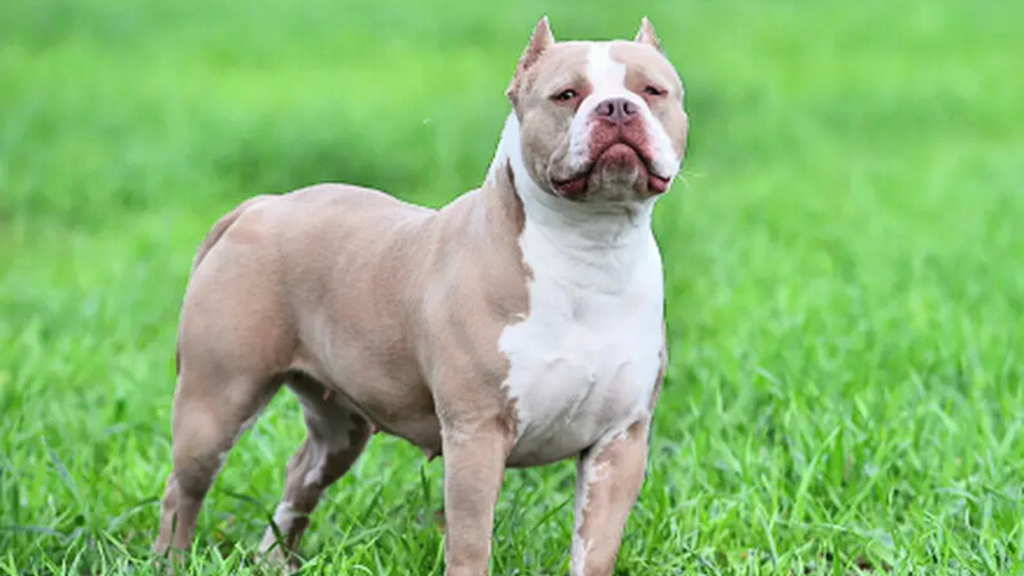
Breeds listed under the act must be registered, neutered, muzzled in public, and insured. Electronic dog collars assist with secure off-leash training within private areas.
Advocates of the XL Bully argue that the breed is no more inherently dangerous than others and that poor training and ownership are the real issues. Despite protests, petitions, and even legal challenges, the ban was upheld and took effect in phases across the UK.
Owners of XL Bullies now face stringent rules, including:
- Mandatory registration by a government deadline.
- Muzzling and leash requirements in public.
- Neutering by specific dates or risk dog seizure.
- Ongoing liability insurance and microchipping.
Animal charities have warned that this could lead to a rise in abandoned dogs, illegal ownership, and euthanasia of otherwise safe pets, simply because they match a banned breed profile.
To find the perfect fit, learn more about what size collar for a Bichon, ensuring your dog’s comfort and safety.
Amendments and Expansions of the Law
The DDA has undergone several amendments since its original passage. The most notable change came through the Anti-Social Behaviour, Crime and Policing Act 2014, which extended the definition of “dangerously out of control” dogs to include private property. Prior to this, attacks in homes were not covered, creating a legal loophole that hindered prosecutions.
Critics argue the act punishes dogs based on looks rather than temperament, pushing for reform and owner accountability. Dog training equipment supports proactive training to prevent aggressive behavior.
Other modifications have focused on increasing penalties and streamlining the exemption process. Courts now have more flexibility to consider individual dog behavior and owner circumstances. Still, critics argue that these changes do not go far enough.
Enforcement Challenges and Public Impact
Despite its intent, enforcing the Dangerous Dogs Act has proven difficult. Between 2020 and 2024, dog attack cases in the UK increased by 34%, raising doubts about the law’s effectiveness. Law enforcement officers often struggle to determine breed type visually, leading to mistaken identifications and lengthy court battles.
Furthermore, the burden on local authorities and kennels has increased as more dogs are seized pending identification or court hearings. This places strain on public resources and delays outcomes for owners and their pets.
Public trust in the legislation has also eroded. Many responsible dog owners feel unfairly targeted, especially when owning crossbreeds or dogs with similar physical traits to banned types. This has led to growing calls for a fairer, behavior-based system.
Discover the ideal option by exploring what is the best collar material for a Bichon Frise to ensure your pet’s comfort and durability.
Campaigns and Advocacy for Reform
Animal welfare groups and legal experts continue to push for reform of the Dangerous Dogs Act. Organizations like:
- The Kennel Club
- RSPCA
- Battersea Dogs & Cats Home
- Blue Cross
…have published reports, lobbied Parliament, and launched public awareness campaigns highlighting the flaws in breed-specific laws.
These groups advocate for a model similar to that used in Canada, Italy, and the Netherlands, where dangerous dog policies focus on behavioral assessments and owner responsibility, rather than appearance.
They also emphasize the importance of early intervention, public education, and mandatory training programs for owners of large or powerful breeds.
The American Staffordshire Terrier’s coat type is short, sleek, and easy to maintain with regular brushing.
The 2025 Government Review: What’s Changing?
In March 2025, a government-led review of the Dangerous Dogs Act was launched. The review aims to address growing concerns and explore a more modern, evidence-based approach to dog safety. Key areas under consideration include:
- Replacing breed-specific bans with behavior-based regulations.
- Introducing mandatory owner training programs.
- Improving police and council resources for enforcement.
- Creating a national database of aggressive incidents.
- Allowing earlier interventions based on reported behavior.
The outcome of this review could lead to substantial changes in the way the UK handles dangerous dogs. If successful, it may shift the legal focus from punishing appearance to promoting responsibility and education.
International Comparisons: How Other Countries Handle Dangerous Dogs
In countries like Germany and the Netherlands, legislation focuses on the owner’s responsibilities and the dog’s behavior. Authorities assess each dog on a case-by-case basis, often requiring behavioral evaluations and training rather than blanket bans.
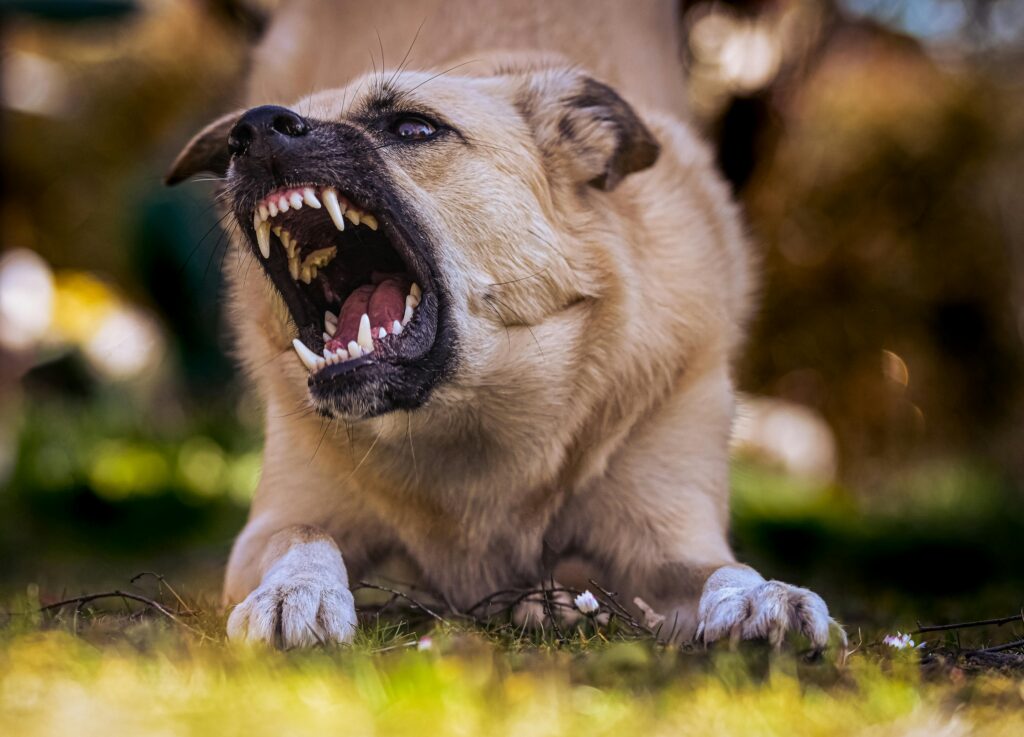
Meanwhile, Italy abolished its list of dangerous breeds in 2009 after studies showed the law was ineffective. Instead, the emphasis moved to mandatory training and fines for negligent ownership.
These international models offer a glimpse into alternative frameworks that prioritize evidence over assumption and rehabilitation over punishment.
The best collar size for an American Staffordshire Terrier ensures a comfortable and secure fit for your dog during walks and training.
Final Thoughts: Toward a Safer, Fairer Future?
The Dangerous Dogs Act 1991 was born out of fear and urgency — a swift attempt to address rising dog attacks through stringent measures. While its intent was valid, the legacy of the law has been marked by inconsistency, confusion, and ongoing controversy.
As of 2025, the UK stands at a legal crossroads. The outcome of the current government review could finally bring about meaningful reform, shifting the focus from outdated breed bans to smart, preventive, and individualized approaches that benefit both the public and animal welfare.
Until then, dog owners must stay informed, comply with regulations, and advocate for a law that is fair, functional, and rooted in modern science.
To find out the what size collar for an Affenpinscher, ensure you measure your dog’s neck correctly for a perfect fit.

